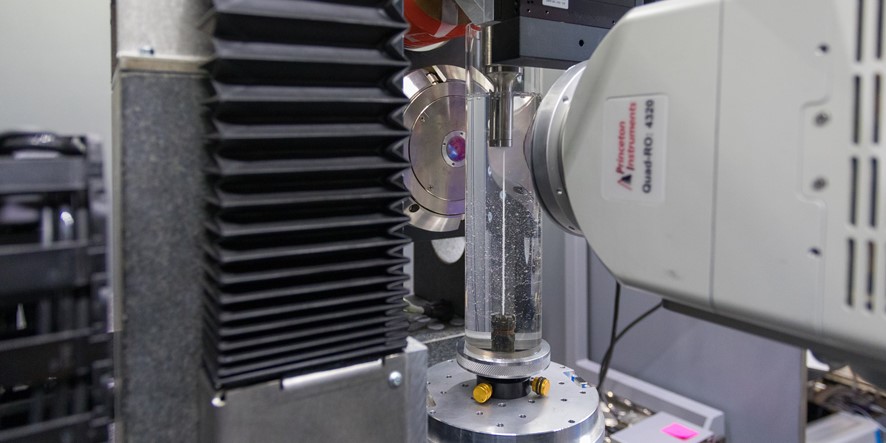Multiscale simulations in crystalline materials are based on 3D Discrete Dislocation Dynamics (DDD) investigations. 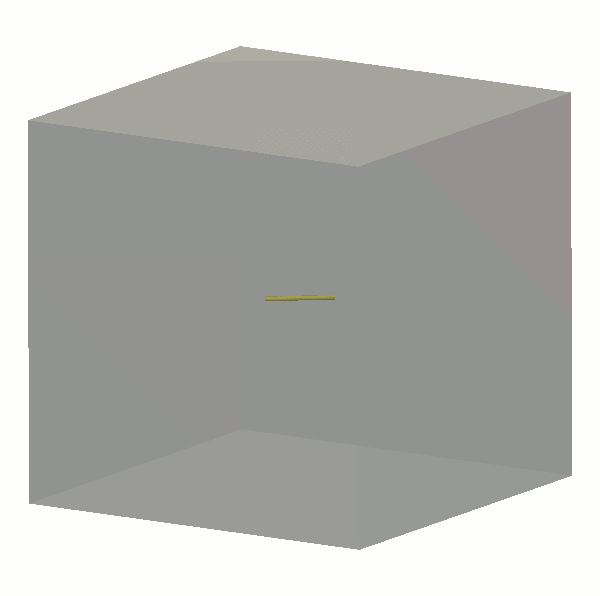
When needed, atomistic information provided by Molecular Dynamics (MD) are introduced as local rules in the DDD modeling.
At the upper scale, DDD simulations can estimate parameters of constitutive equations in crystal plasticity Finite Element (FE) models.
At the continuum scale, cavitation erosion is investigated using classical FE models and Smoothed Particles Hydrodynamics (SPH) simulations. Both models account for the fluid/structure interaction.
Multiscale simulations of nanoindentation
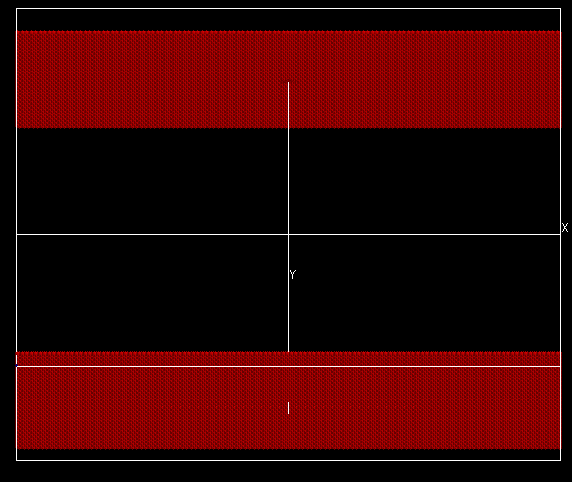
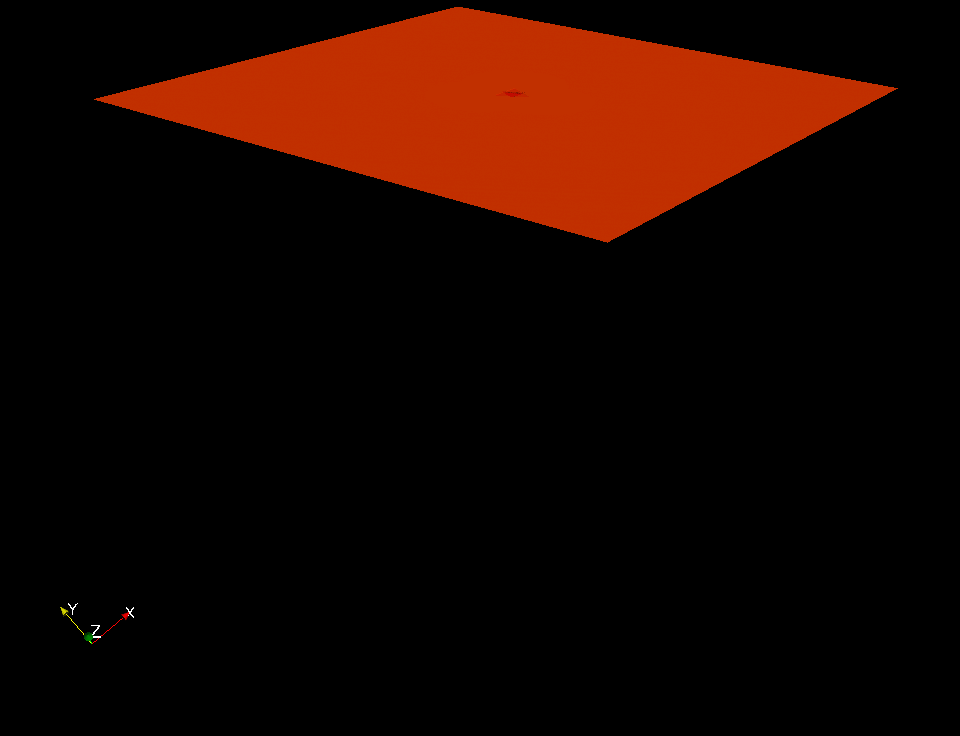
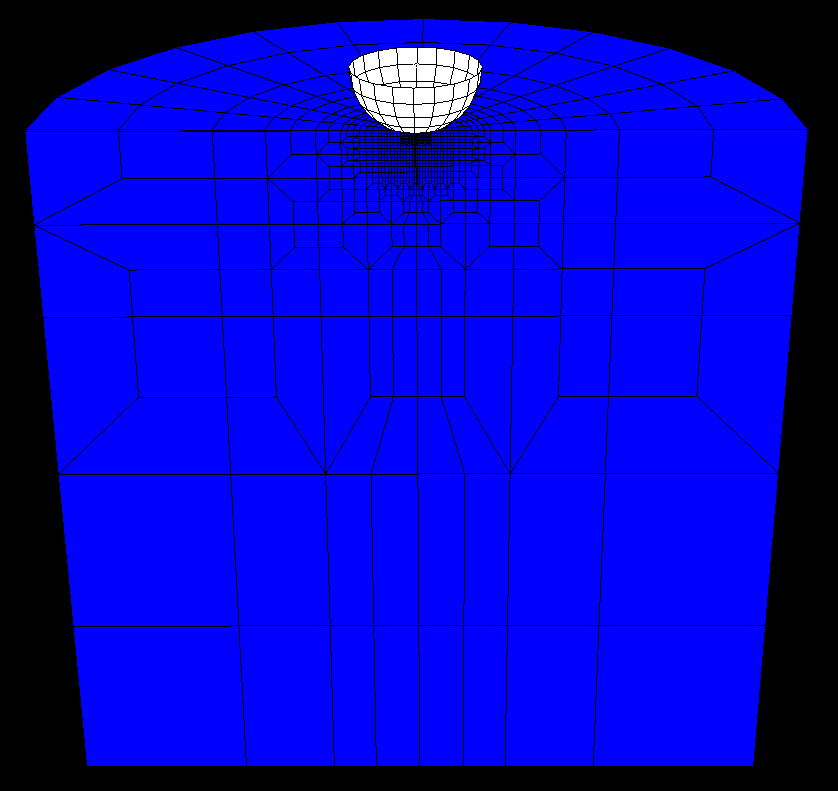
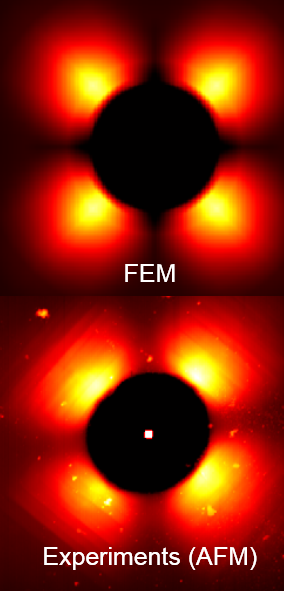
Crack initiation and propagation in fatigue
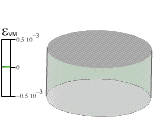
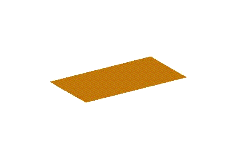
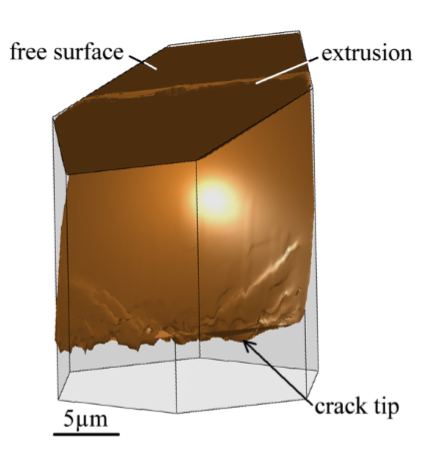
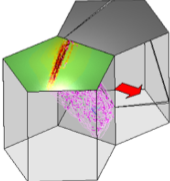
3D simulations of polycrystalline aggregates
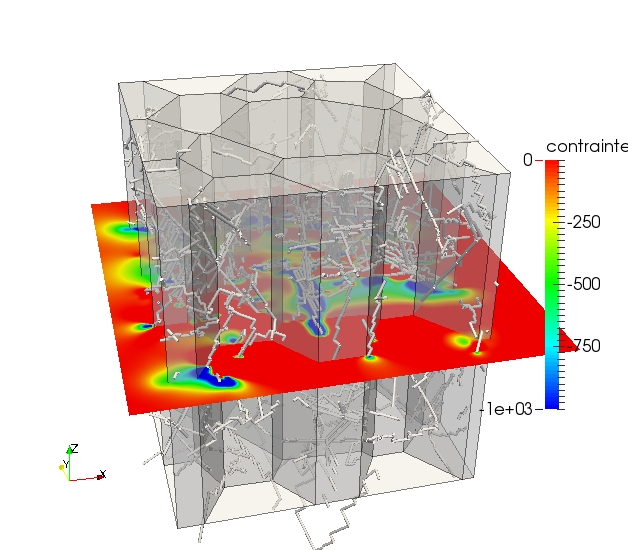
In collaboration with Université Catholique de Louvain-La-Neuve, we are working on the role of interfaces in plasticity. The effect of the grain shape on the back stress induced in a single closed grain has been investigated in order to implement the microscopic features in a continuum description of the plasticity. Slip transmission and dislocation interactions between different grains of polycrystalline aggregates are also investigated for different orientations of the grains.
3D simulations of creep in Ni superalloy
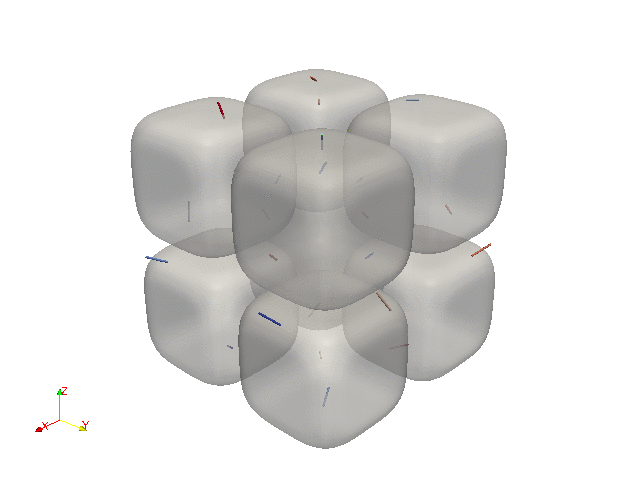
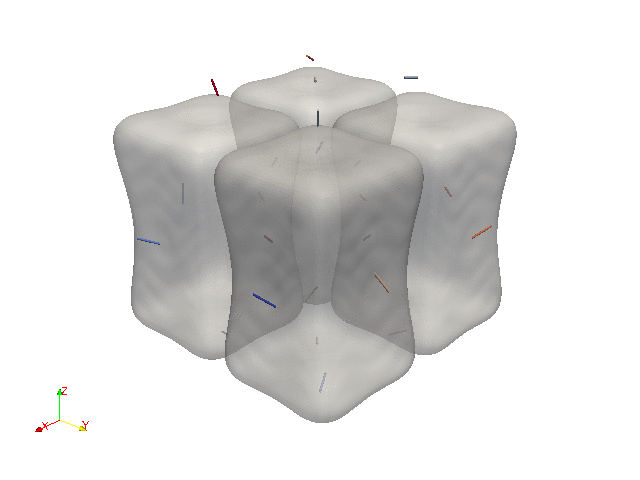
Mass loss prediction in cavitation
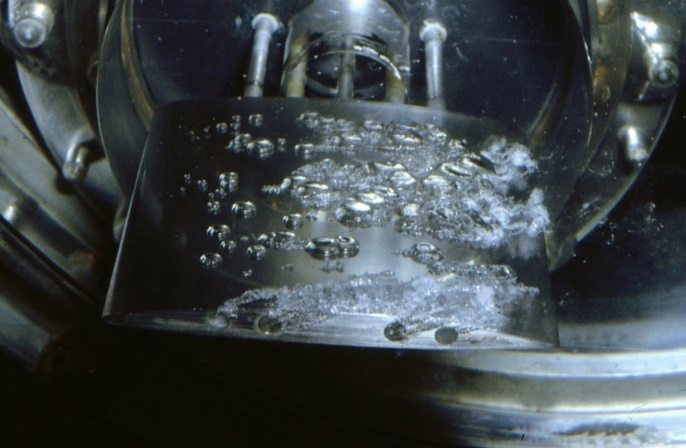
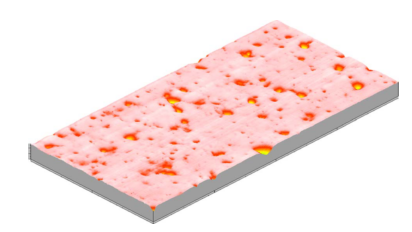
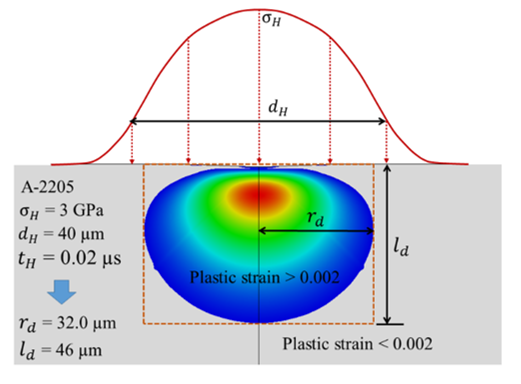
Cavitation erosion occurs when multiple bubbles collapse near a solid surface. During the bubble collapse, a fast reintrant jet impacts the surface and creates a deformation pit.
An inverse method has been conducted in order to estimate the aggressiveness of the flow from the observation of the pits printed on the surface in the first moments of the cavitation erosion. Assuming that each pit was generated by a single bubble collapse whose pressure field is treated as a Gaussian shape, finite element calculations are used for estimating the load that created each residual imprint. It is shown that the load distribution falls on a master curve independent of the tested material; the softer material (aluminum alloy) measuring the lowest impacts while the most resistant material (duplex stainless steel) provides access to the largest impact pressures.
Fluid/structure interaction for cavitation erosion

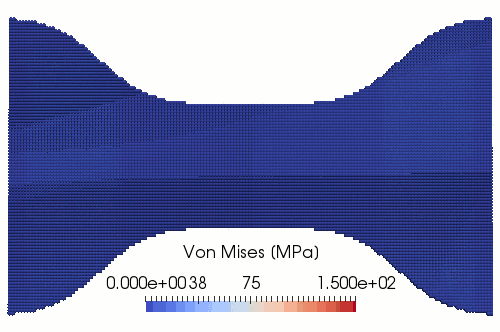
- C. Déprés, C. Robertson and M. Fivel, 3D Discrete dislocation dynamics investigations of fatigue crack initiation and propagation, Aerospace Lab Journal, AL09-01, (2015).
- M. Fivel and C. Déprés, An easy implementation of displacement calculations in 3D discrete dislocation dynamics codes, Philosophical Magazine, 94(28), pp. 3206-3214, (2014).
- G.V. Prasad Reddy, C. Robertson, C. Déprés and M. Fivel, An extensive 3D Dislocation Dynamics investigation of Stage-I fatigue crack propagation, Philosophical Magazine, 94(36), pp. 4115-4137 (2014).
- G.V. Prasad Reddy, C. Robertson, C. Déprés and M. Fivel, Effect of grain disorientation on early fatigue crack propagation in face-centred polycrystals: A three-dimensional dislocation dynamics investigation, Acta Materialia, 61, pp. 5300-5310, (2013).
- H.-J. Chang, M. Fivel, D. Rodney et M. Verdier, Multiscale modelling of indentation in fcc metals : from atomic to continuum, Comptes Rendus – Physiques, 11, pp. 285-292, (2010).
- S. Gao, M.K. Rajendran, M. Fivel, A. Ma, O. Shchyglo, A. Hartmaier et I. Steinbach, Primary combination of phase-field and discrete dislocation dynamics methods for investigating athermal plastic deformation in various realistic Ni-base single crystal superalloy structures, Modelling and Simulations in Materials Science and Engineering, 23(7), 075003, (2015).
- S. Gao, M. Fivel, A. Ma et A. Hartmaier, Influence of misfit stresses on dislocation glide in single crystal superalloys: a 3D discrete dislocation dynamics study, Journal of Physics and Mechanics of Solids, 76, pp. 276-290, (2015).
PhD and post-docs
Oraib AL-KHITAN,
Camila MALLMANN,
Hareesh TUMMALA,
Siwen GAO (Bochum Univ., Germany),
Guru PRASAD REDDY (IGCAR, India),
Gururaj KADIRI (IGCAR, India),
Samir Chandra ROY, Ph.D. Univ. Grenoble Alpes, December 11th 2015,
Tiana DEPLANCKE (Post Doc 2015),
Yves PAQUETTE,
Shrey JOSHI,
Prasantha SARKAR,
Markku YLONEN,
Fabien MENG,
Elena JOVER-CARRASCO,
Jessica MUZY,
Corentin VELARD.
Collaborations
Christian ROBERTSON and Laurent DUPUY (SRMA, CEA Saclay)
Hyung-Jun CHANG (SafranTech)
Marc BLETRY (ICMPE, Paris XII)
Laurent DELANNAY and Thomas PARDOEN (UCL, Louvain-La-Neuve)
Anxin MA and Alexander HARTMAIER (ICAMS, Univ. Bochum, Germany)
Jean-Pierre FRANC, Giovanni GHIGLIOTTI (LEGI, Grenoble)
Christian PELLONE (LEGI, Grenoble)
Nicolas RANC (PIMM, ENSAM Paristech)
Khi Han KIM (ONR, USA)
Erik JOHNSEN (Michigan Univ, USA).


